
—“Now is the time to make real the promises of democracy. Now is the time to rise from the dark and desolate valley of segregation to the sunlit path of racial justice. Now is the time to lift our nation from the quicksands of racial injustice to the solid rock of brotherhood. Now is the time to make justice a reality for all of God’s children…
The marvelous new militancy which has engulfed the Negro community must not lead us to a distrust of all white people, for many of our white brothers, as evidenced by their presence here today, have come to realize that their destiny is tied up with our destiny. And they have come to realize that their freedom is inextricably bound to our freedom.
We cannot walk alone…
And when this happens, and when we allow freedom ring, when we let it ring from every village and every hamlet, from every state and every city, we will be able to speed up that day when all of God’s children, black men and white men, Jews and Gentiles, Protestants and Catholics, will be able to join hands and sing in the words of the old Negro spiritual:
Free at last! Free at last!
Thank God Almighty, we are free at last!”
Dr. Martin Luther King, Jr., American hero, August 28th, 1963
—“At first I was self-conscious about photographing in these communities. What would the residents think of this white woman with a big camera photographing on their street, telling their story? But the people I met along the way calmed my fears. Although there were some exceptions, once they knew what I was doing, they were excited. The people I met were usually eager to point out things I should photograph and wanted to know when they’d be able to see the pictures.
Even though the residents I met seemed to accept me, I became acutely aware of the things I was choosing to photograph. What do my choices say about me? Am I recording a realistic picture of the communities? At several exhibitions of these photographs, people have been surprised to discover that I’m not African-American. That people don’t feel that these photos were made by an outsider is comforting to me.”
Susan Berger, photographic artist, 2019
Fifty-seven years ago this month, in the dog days of August, one of the most famous Americans of all time delivered one of the most famous speeches ever given.
You know it, and I know it as the “I Have A Dream” speech, but I’m not sure I’ve ever read it in its entirety before today.
(Maybe I have and forgot?)
I was a little surprised to realize that it was given only one hundred years after Abraham Lincoln freed America’s slaves, (in legal terms,) via the Emancipation Proclamation.
That’s only the lifetime of a very old person.
Not much at all, when you think about it.
And as a forty-six year old American, I’ve spent many hours wondering what the 60’s were really like?
Protests, drama, riots, assassinations, chaos, near-nuclear annihilation.
The division of my fellow citizens into hippies and squares. Pro-segregation assholes versus others who craved a country where people could at least attempt to live together, or eat together, or sit in the same section of a public bus.

I wondered, at the time, did people feel like the world was unraveling? Did they know that the Civil Rights movement would make changes to our broken society, without healing all the wounds caused by slavery and systemic racism?
Did they fear that things might break completely, leaving us two nations instead of one?
Did anyone have confidence that the turmoil would lead to “better” days, or were all Americans sitting on the edge of their seats, unsure if things would ever get “better” again?
Now I no longer wonder.
We’ve passed the threshold of fifty years since the sixties, and one hundred and fifty-five years since the Emancipation Proclamation, and now all Americans know what it feels like to fear whether our country can withstand the fissures that threaten to implode our historical experiment.
China and India, the two burgeoning global super-powers, are both thousands of years old.
Like, five thousand years.
By comparison, the United States of America is an extremely young society, and one that was built upon lofty ideals, but rotten realities.
You may be tired of being reminded that the institution of slavery and the theft of Native American land allowed this nation to thrive, but it is an inescapable history.
Hell, in #2020, jerkoffs like Tom Cotton have the balls to suggest that slavery was a “necessary evil.”
(You can’t make that shit up.)
And I’ve felt the need to write several columns asking you, and all of us, to open our minds to the fact that people of all races and genders “should” be able to appreciate each other, respect each other, and value contributions from those people who don’t look and sound like us.
Yet most of my friends are white.
I try, and have tried, to bridge the cultural and racial divide with friendships, and sometimes it’s worked, and sometimes it hasn’t.
Some may find me naive for thinking that our commonalities should be as important, or occasionally more important, than our differences.
If Kanye West and Jared Kushner can be friends, and plot to take America back to when it was “Great” again, why can’t we?
But enough with the sermonizing.
You come for the photography reviews, and won’t stay if you feel like I’m preaching too much each week.
Perhaps you like it when I’m funny, or say fuck and shit all the time, or maybe you like that I weave politics, cultural criticism and a deep-rooted optimism together with a love of art?
(No matter. It’s time to get on with things.)
This column was inspired by a photo book by a white Jewish lady curious about African-American culture, and I even published some of the photos already, after reviewing them at Photo Nola in 2014.
(Back in the Obama era, when despite the promise of an end of racism, we were met with no such thing.)
This week, Obama’s second-in-command, a white man from Pennsylvania, synonymous with the tiny state of Delaware, offered his second-in-command position to a woman whose parents came from Jamaica and India.
A child of immigrants, reared in that great American melting pot of California, which is supposed to represent the best we have to offer. (In my opinion, anyway, and I’m not alone, which is why nearly 40 million people live there.)
Of course I’m rooting for Joe and Kamala, not just because I respect their politics, but because I genuinely believe that if Trump wins again, America might cease to be a democratic republic by 2024.
Like a person can only take so many whip lashes before dying, America can only handle so many sustained attacks on our democratic institutions before becoming an autocracy.
And while we can hope and dream of better days, no one knows what will happen in November of #2020, one hundred and fifty five years after the end of our Civil War.
Having said all that, today I’m showing photographs from Susan Berger’s book “Life and Soul: American Streets Honoring Martin Luther King,” which was published last year by Dark Spring Press, and turned up in the mail in May of #2020.
It’s a thoughtful and well-crafted book, and one that takes a couple of risks, but it’s perfect to show today.
To begin with, in our current cultural climate, the mere fact that it exists, that it was shot by a non-African-American, would make it uncomfortable to some.
I get that, and so does Susan, which is why she wrote about it head-on in her excellent opening essay. (Accompanied by another strong essay by Frank Gohlke, a photo world legend for being a part of the seminal “New Topographics” show back in the 70s.)
They’re both a part of the tight-knit and talented Arizona photo mafia, and the end notes tell us that Susan worked for Mr. Gohlke back in day.
The end notes also give us a break-down of all the trips that Susan took to photograph MLK streets around the country, between 2009-14, trying to build a representative, (if not categorical,) view of where these streets are located and what they contain.
Apparently, but not surprisingly, they are almost exclusively in urban, African-American neighborhoods, some of which have absorbed Latino populations, and ironically the entire project was inspired by the artist driving by a sign for an MLK street in the middle of rural America.
Of course, it wouldn’t be #2020 if I didn’t point out that the resources required to fly around for one’s art, and the cost of purchasing and providing film for a medium format camera are marks of privilege.
Now it’s been said.
And I do find flaw with the other risk taken here, which is the repeating motif of reprinting close-up crops of images throughout, opposite blank, black pages.
That said, it’s an excellent book, and between the murals, statues, local restaurants, churches, small food markets, bleak vibes, (again, in the Obama era,) and hotels named after Dr. King, it certainly presents a vision of poverty and decline.
I suspect that Dr. King would be disappointed to know that this deep into the 21st Century, things are still as bad as they are.
Access to education and health care is still so uneven.
And among the tens of thousands of dead in this god-awful pandemic, too many are people of color.
But I also suspect that he might not like the manner in which like-minded people of different races distrust each other, and attack each difference, rather than building upon our common values.
Maybe it was always thus?
I’ll end here on a message of hope, just so you don’t feel like overdosing on sleeping pills.
We always have the opportunity to learn from the past, and the future has not yet been written.
Though many Americans have bought into Trump’s politics of hate and division, there are nearly 330 million people living in this Great country of ours, and I believe that a majority, enough to win the next election, (despite the obvious cheating he’ll try to engender,) desire a country in which we we can, indeed, all get along.
(Or at least most of us.)
To purchase “Life and Soul” click here
If you’d like to submit a book for potential review, please contact me directly at jonathanblaustein@gmail.com. We are particularly interested in books by women, and artists of color, so we may maintain a balanced program.
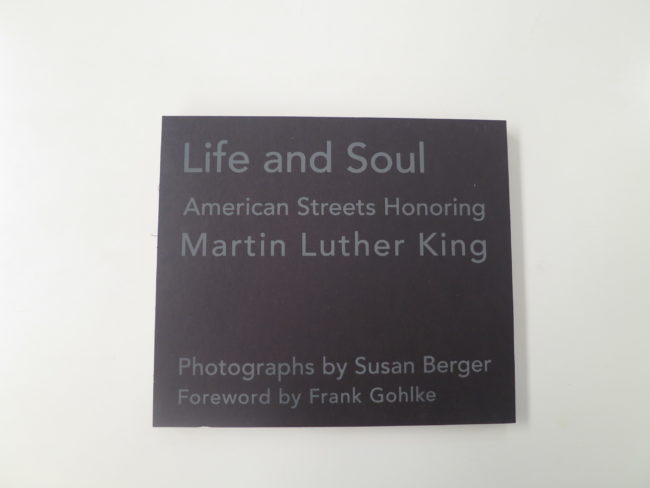
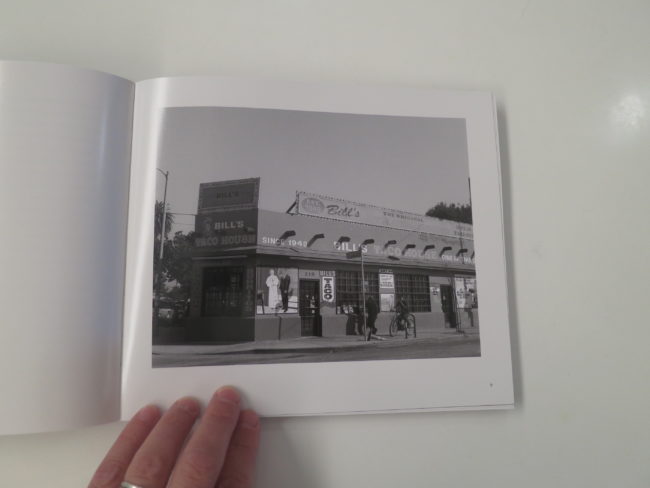

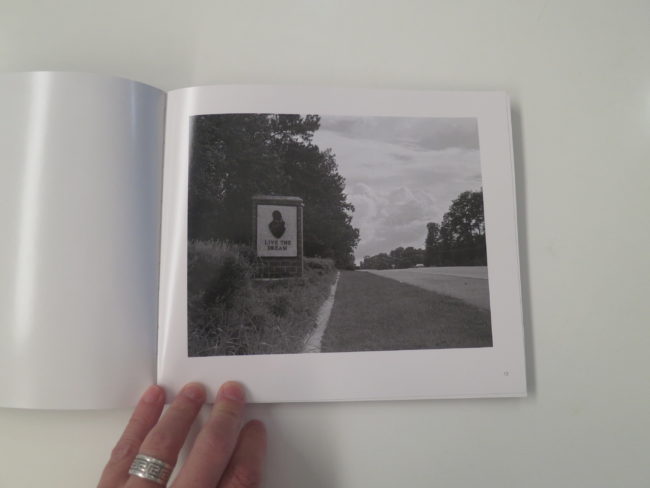

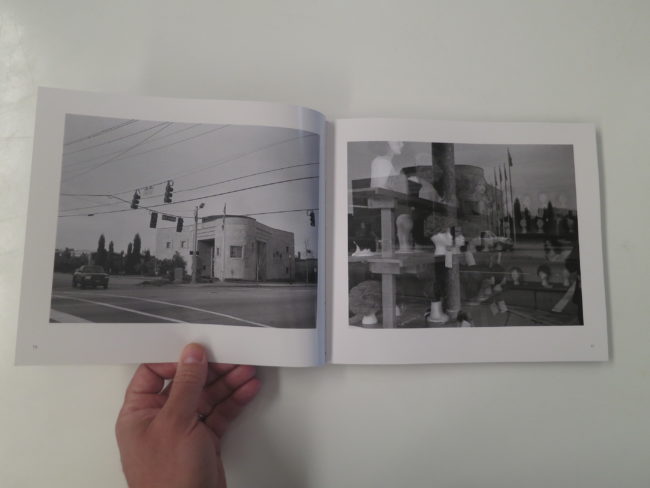
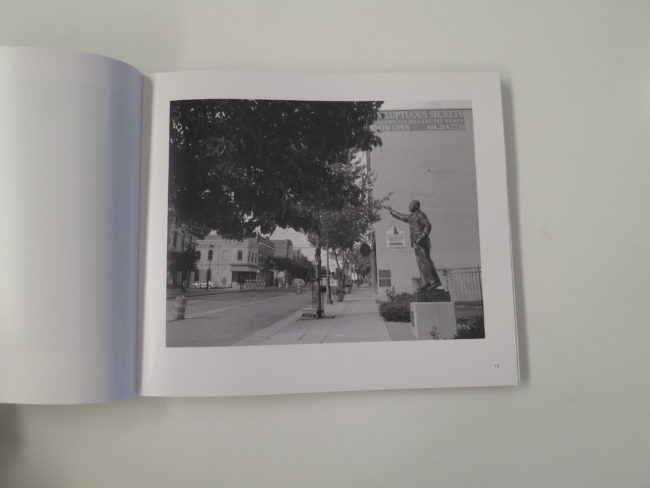
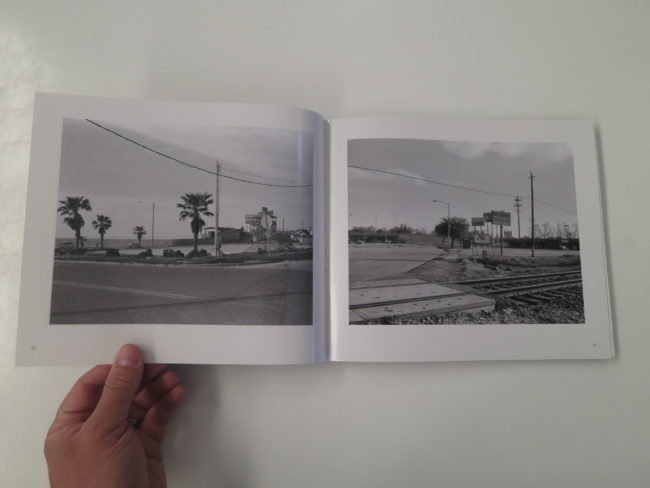

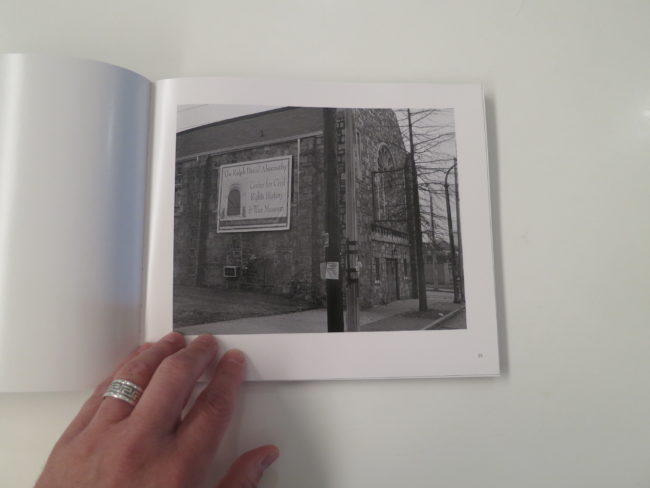

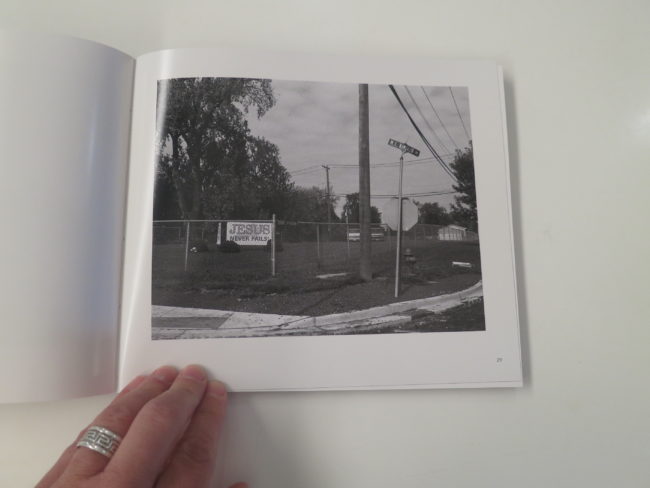
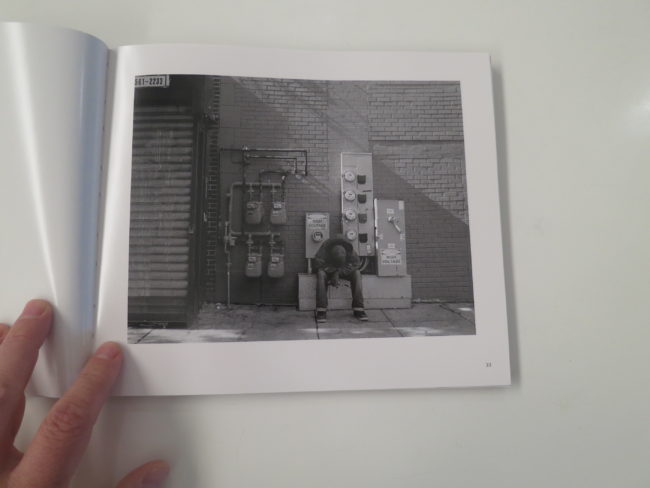

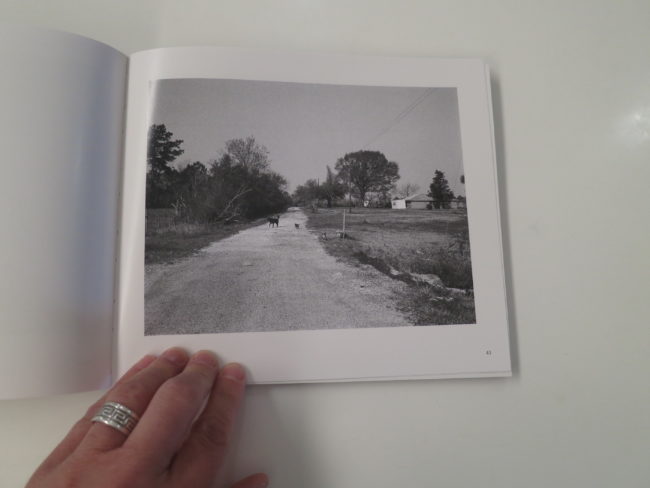

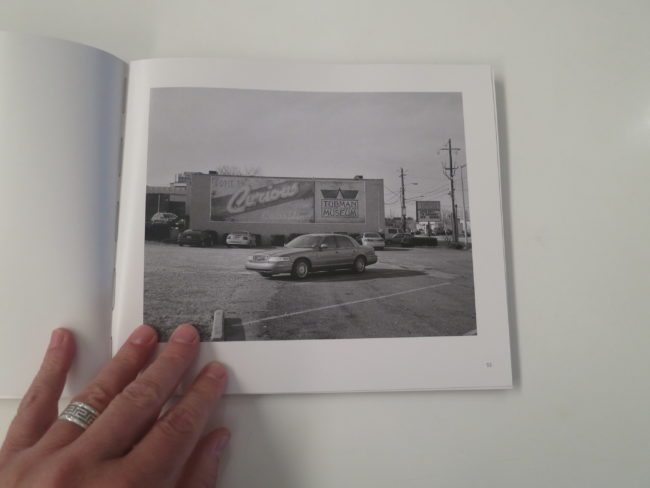
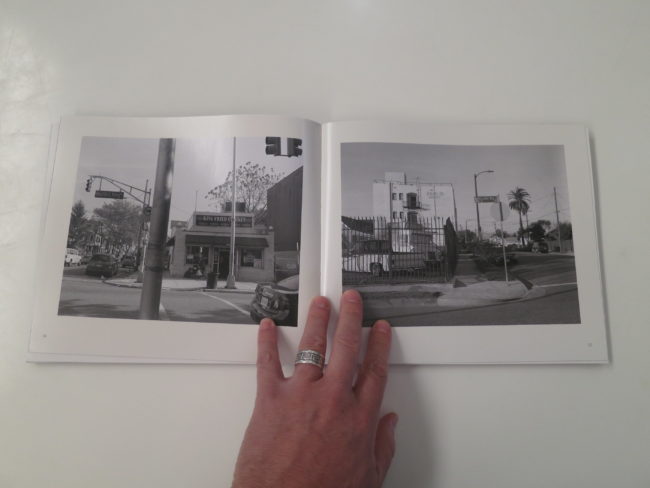
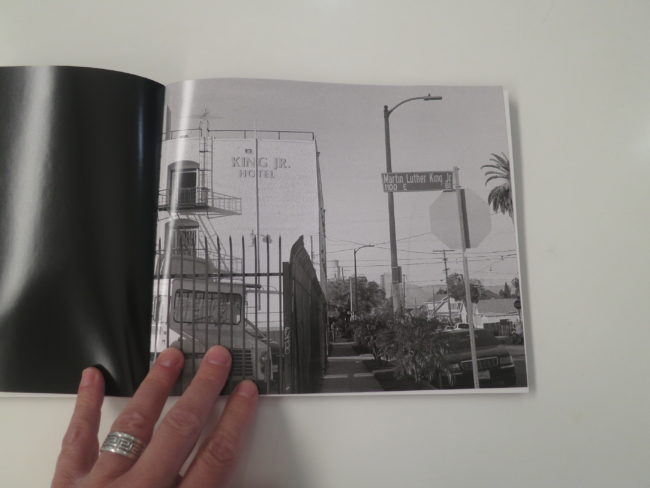

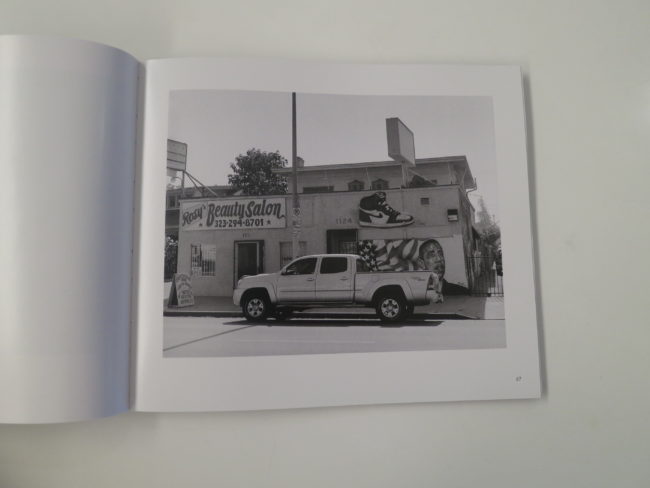

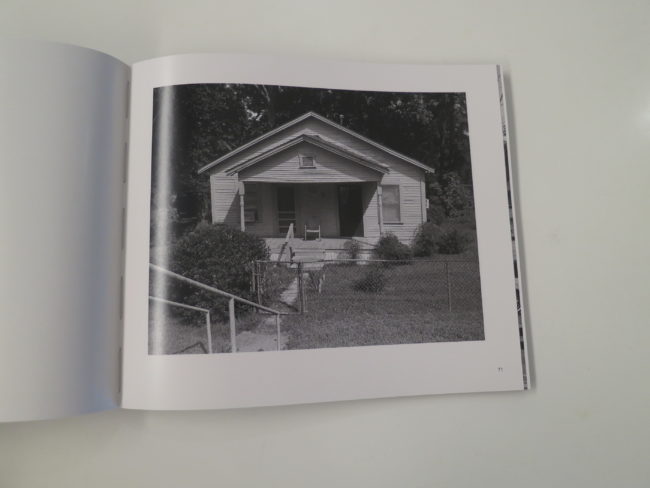

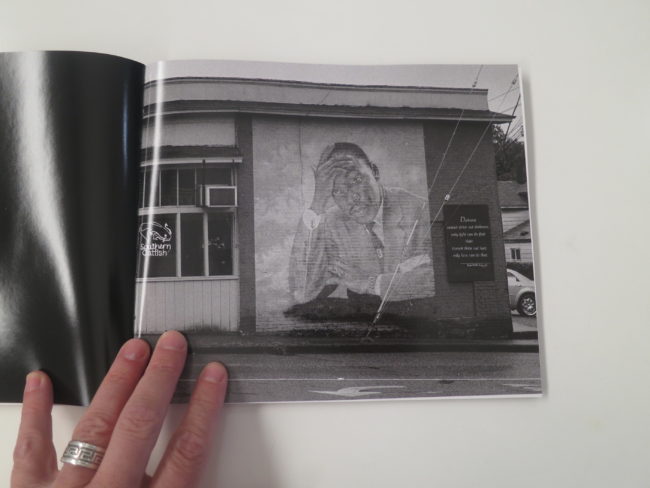



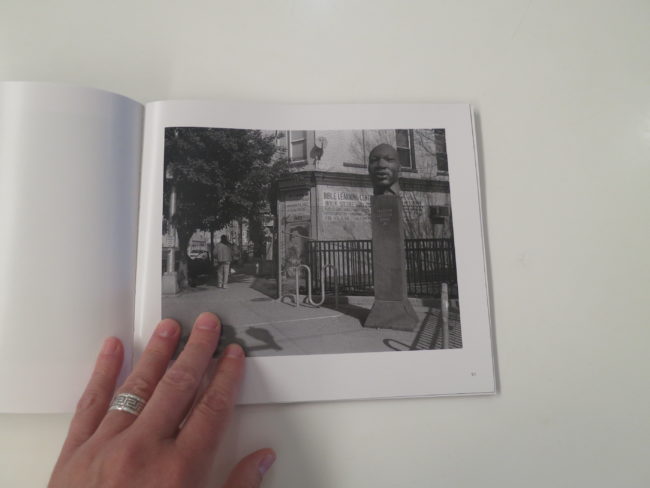
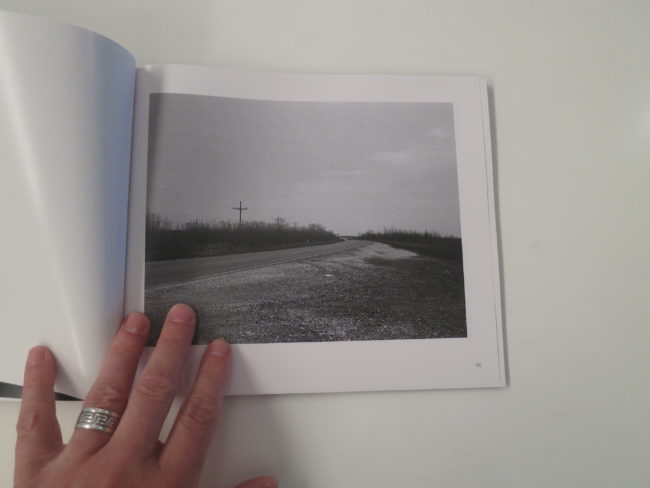
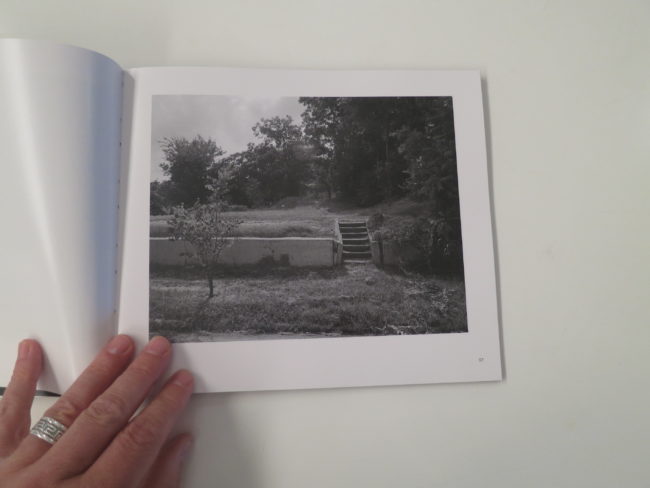
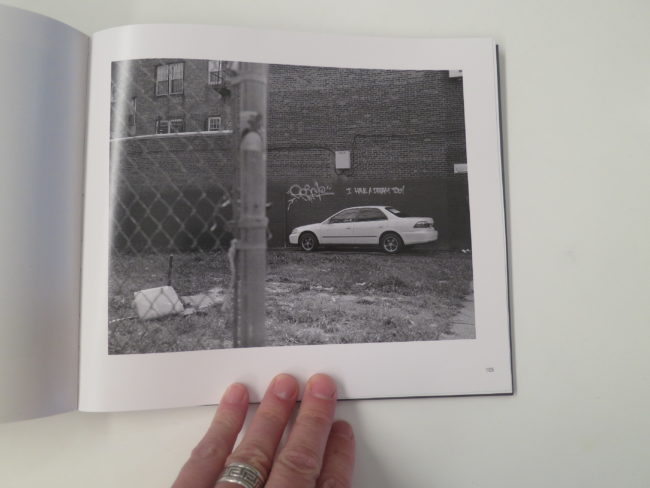


2 Comments
I also find the repetitive crops… repetitive, and annoying- exactly what purpose do they serve?
Fortunately, despite that minor irritation- the work itself is both timely and well executed! It also shows that when something is undertaken with an open heart and the willingness to learn and persevere, a formidable body of work can indeed be accomplished. It is important, that these streets, so often blindly overlooked due to their own intrinsic repetitiveness, are given their due and acknowledged for all they represent- present realities and dreams deferred included.
I was thirteen in 1969, and while a child- I could still sense I was living in a time like no other! Change was happening so rapidly and on such a grand scale- not just in some small enclave or individual segment of society. It was change en masse in every aspect of one’s personal and social life that was literally in the air, a life force unto itself one could not possibly evade, no matter how one related to it. Music, fashion, religion, sex, politics… anything and everything- the whole ball of wax was up for change, revision, rejection. And despite all the setbacks, so many believed the end would be a positive one. Youth would prevail, start anew and herald in a new and better day…
Of course, many of these streets are living witnesses to the abject failure of those dreams. Despite all the change that was undeniably produced, youth did not usher in the much anticipated age of peace, love and understanding. We got old, jaded and every bit as corrupt as every generation prior, and in so doing proceeded to wantonly rape and pillage the very earth that sustains us at unprecedented levels.
Now we find us at time when, if all succeeds, we will launch into an era not with the hope of the future, but with the surrender to the status quo of recent years past. We will have successfully replaced an insane and senile leader with a sane and senile one. Such is progress in the age before Climate Change comes to full fruition this century hence.
Tried to end on a positive note, really did…
Stan, I really appreciate you. After all these years, you’re still giving us your hard-earned wisdom, and taking time to understand and appreciate other people’s work. This is one of my favorite comments you’ve written. Stay safe out there in SF…
Comments are closed for this article!